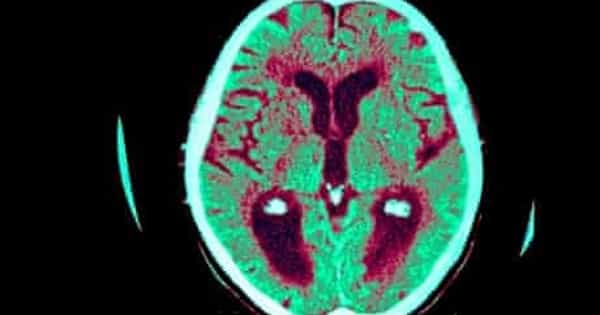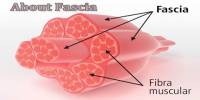The embryoid body (EB) is a three-dimensional aggregate of pluripotent stem cells. It created pluripotent stem cells (iPSCs) that look like early embryos. Human embryonic stem cells differentiate into embryoid bodies, which include the three embryonic germ layers. These structures are used in stem cell research to study processes such as cell differentiation, tissue formation, and organogenesis by simulating the early stages of embryonic development.
When pluripotent stem cells are cultured in suspension, they spontaneously aggregate to form embryoid bodies. The cells in the embryoid body differentiate into different cell types that represent the three germ layers: endoderm, mesoderm, and ectoderm. This process of differentiation is similar to what happens during embryonic development.
Background
Embryonic stem cells (ESCs) derived from the blastocyst stage of embryos from mouse (mESC), primate (hESC), and human (hESC) sources are among the pluripotent cell types that comprise embryoid bodies. EBs can also be formed from embryonic stem cells derived through other methods, such as somatic cell nuclear transfer or reprogramming of somatic cells to produce induced pluripotent stem cells (iPS).
ESCs within embryoid bodies, like ESCs cultured in monolayer formats, undergo differentiation and cell specification along the three germ lineages that comprise all somatic cell types – endoderm, ectoderm, and mesoderm.
Embryoid bodies are used as a model system by researchers to study the factors and signals that regulate cell fate decisions and to better understand the molecular mechanisms underlying embryonic development. Furthermore, embryoid bodies can be used to test the differentiation potential of pluripotent stem cells and to generate specific cell types for a variety of applications, including regenerative medicine and drug discovery.
Because embryoid bodies can mimic aspects of early embryonic development, they are a versatile tool in stem cell biology. Researchers can manipulate culture conditions and signaling pathways to direct the differentiation of cells within embryoid bodies towards specific lineages, providing insights into the development of human tissues and organs.
















